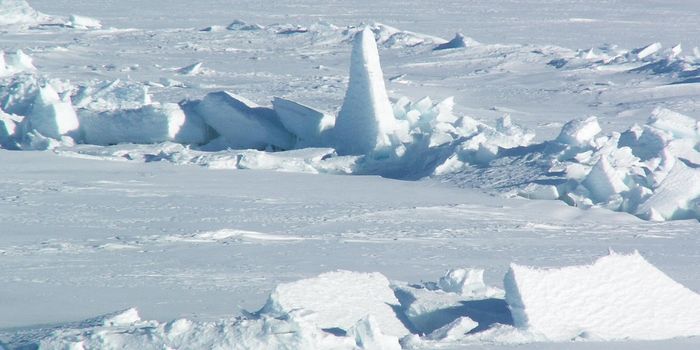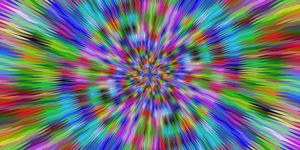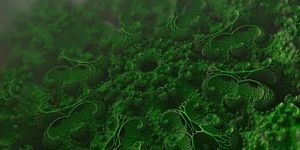Liquid glass: a new state of matter
New research published in the Proceedings of the National Academy of Sciences reports the discovery of a new state of matter: liquid glass. The University of Konstanz chemists and physicists behind the study say that this new state of matter shows previously unknown structural elements.
Glasses are unique in their chemical properties because, unlike other materials, they do not follow conventional crystallization patterns when transforming from liquids to solids. In glasses, molecules become “frozen” in place prior to crystallization, essentially arriving in a metastable physical state that scientists still don’t fully understand. The dilemma of how glass turns to liquid and vice versa is known as the glass transition.
In this recent study, a Konstanz team led by led by professors of chemistry and physics Andreas Zumbusch and Matthias Fuchs designed a model system of suspensions of ellipsoidal colloids. While the use of colloidal suspensions is common for studies of glass transitions, most suspensions have used spherical colloids. Zumbusch’s team decided to design and develop ellipsoid colloids in order to look at glass transitions from a new angle – pun intended.
"Due to their distinct shapes our particles have orientation -- as opposed to spherical particles -- which gives rise to entirely new and previously unstudied kinds of complex behaviors," explains Zumbusch.
Their experiments with the ellipsoidal colloids revealed an unforeseen state of matter – that of liquid glass. In other words, a state in which glass particles can move but cannot rotate. This state produces a structure in which particles cluster together, ultimately hindering the formation of an ordered state of matter. As Science Daily explains: “These prevent the formation of a liquid crystal which would be the globally ordered state of matter expected from thermodynamics.”

This discovery moves the theoretical into reality and could aid in the development of self-assembly colloidal superstructures. "This is incredibly interesting from a theoretical vantage point," concludes Fuchs. "Our experiments provide the kind of evidence for the interplay between critical fluctuations and glassy arrest that the scientific community has been after for quite some time."
Source: PNAS, Science Daily








